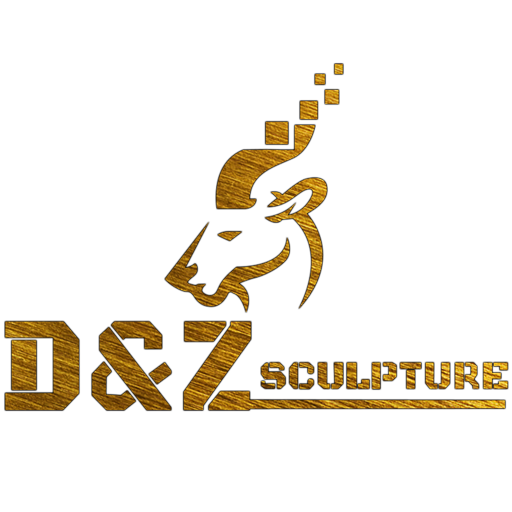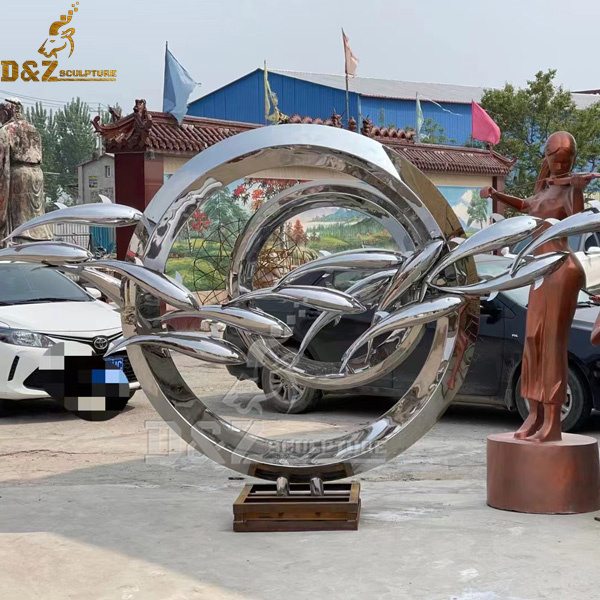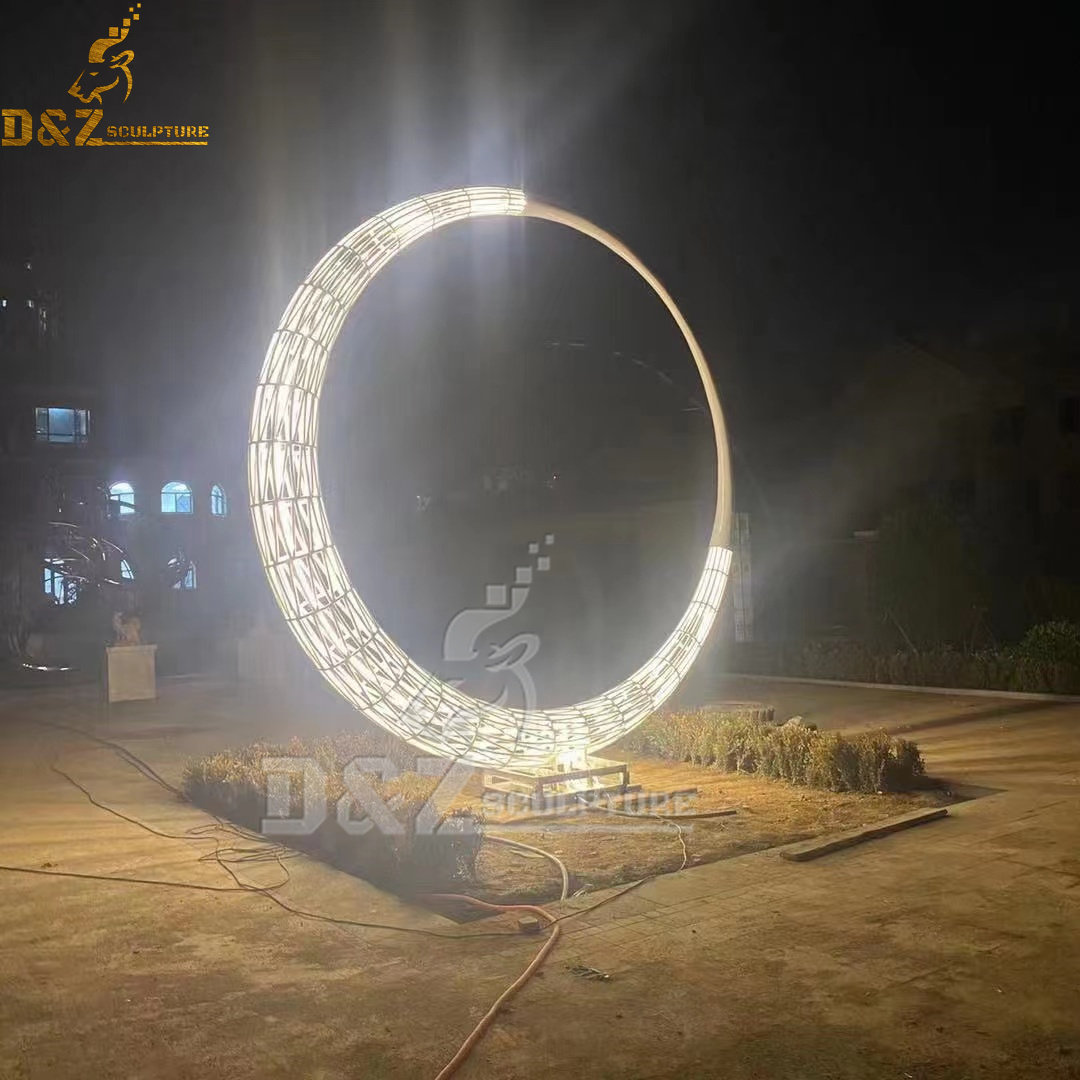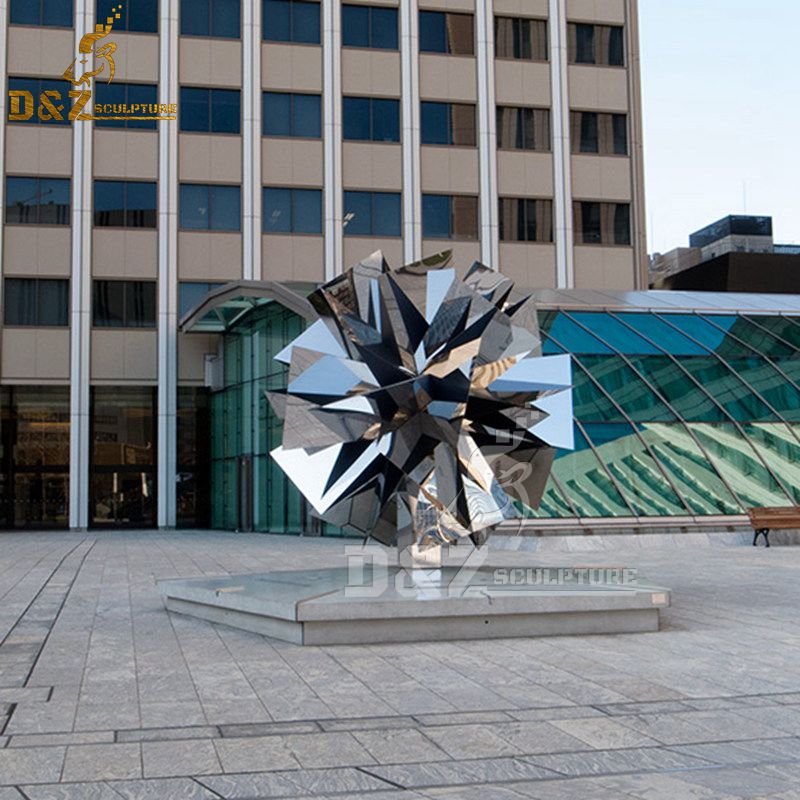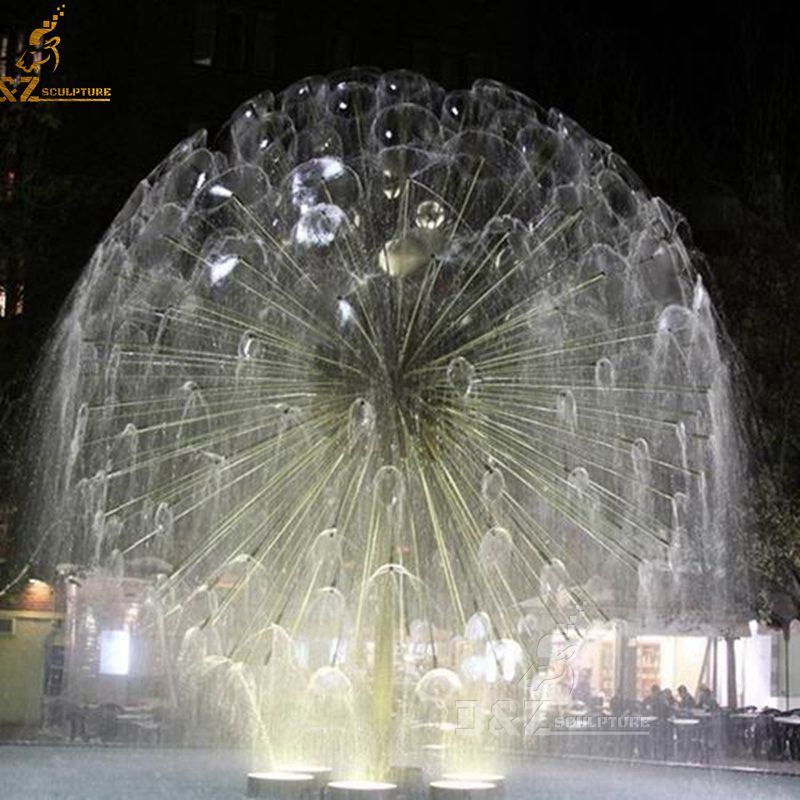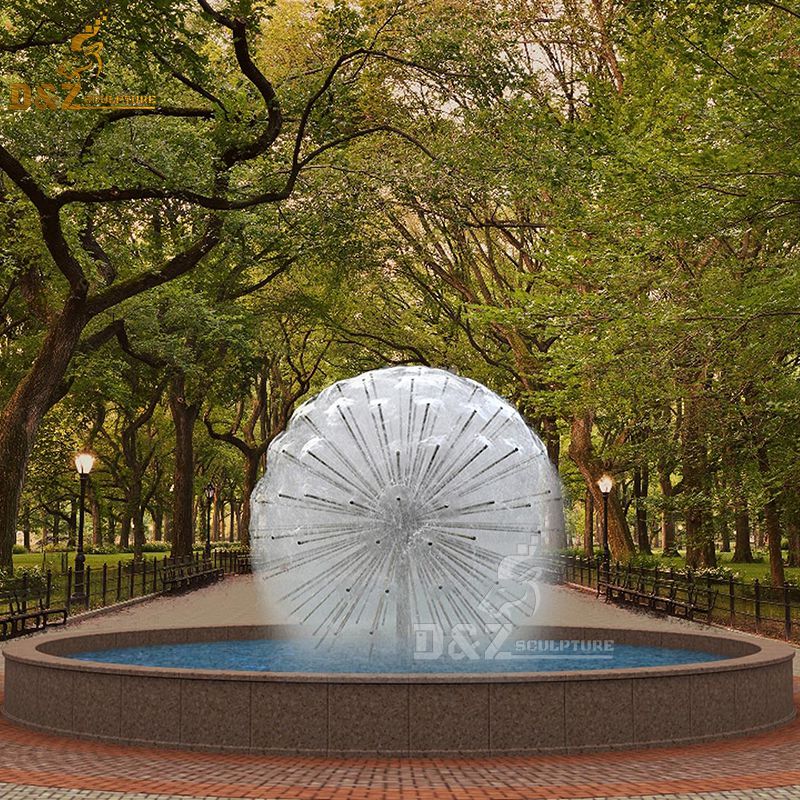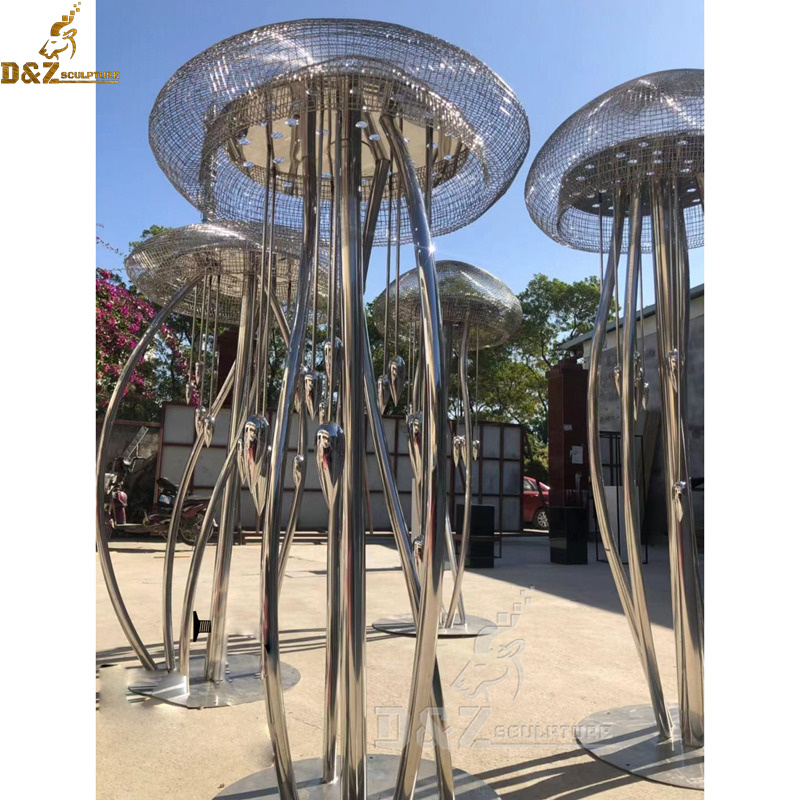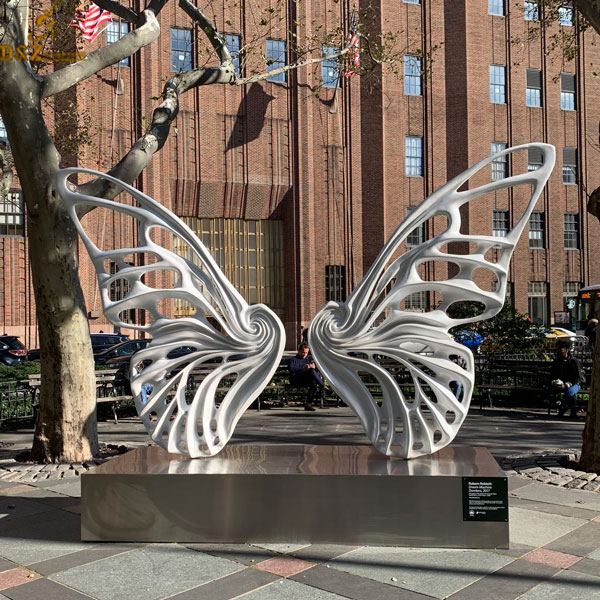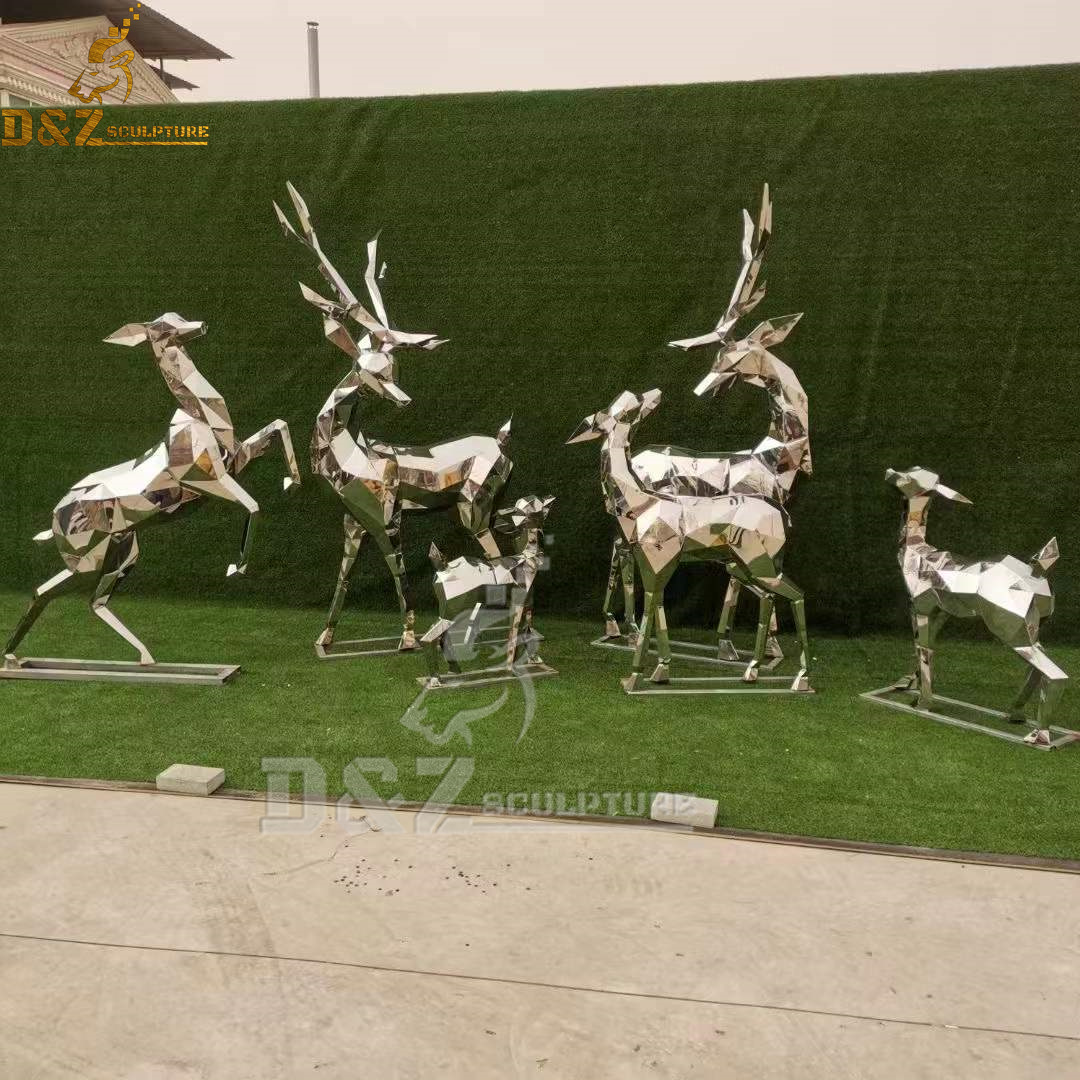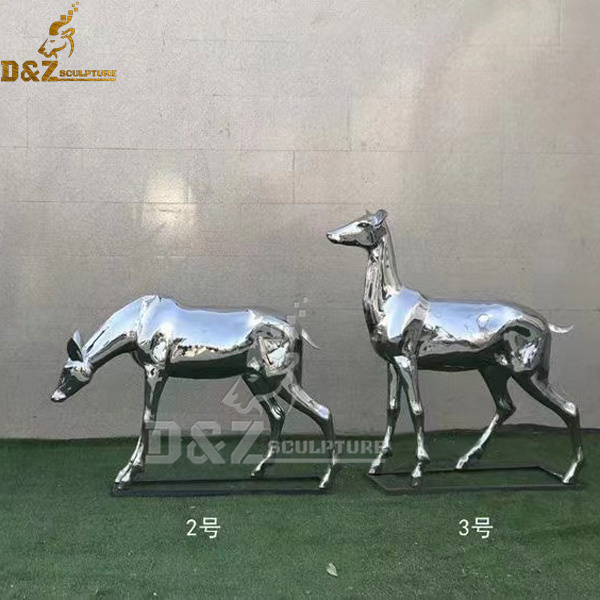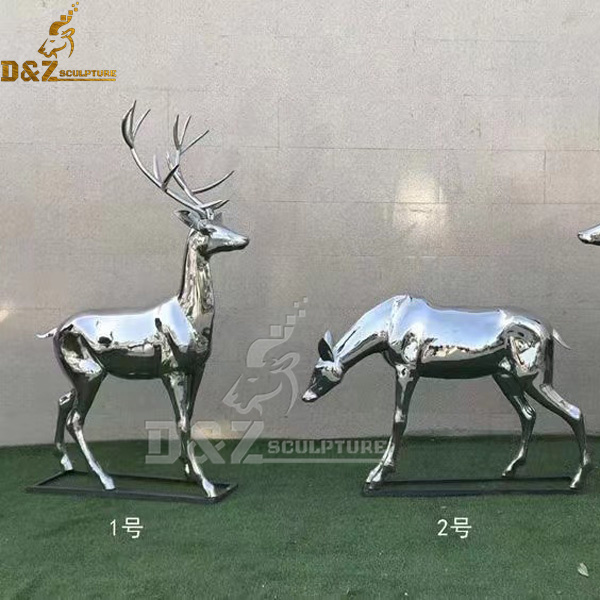stainless steel sculpture art modern circle with fishes for garden DZM 1067
Product detail
Modern art fish sculpture
Contemporary Chinese sculpture creation is formed on the basis of the introduction of the Western sculpture system. The European sculpture system represented by France and the Soviet sculpture system have had a profound impact on the formation of my country’s sculpture system. Over the years, in the process of Chinese sculpture creation practice, local sculpture and foreign sculpture have been constantly colliding and blending in aesthetic and cultural connotations. With the continuous enhancement of my country’s comprehensive national strength, the awareness of local culture has been awakened and more and more attention has been paid by artists, and China’s traditional cultural aesthetic awareness has shown its strong charm. This cultural awareness rooted in people’s hearts and reflections on the current situation of sculpture provides more space for some artists to create sculptures. Here, stainless steel sculpture manufacturers take traditional landscape art as an entry point to study the artistic spirit and cultural characteristics contained in it, and exemplify the successful application and achievements of traditional landscape art elements in contemporary stainless steel sculpture works, as well as the inspiration for today’s Chinese sculpture creation. .
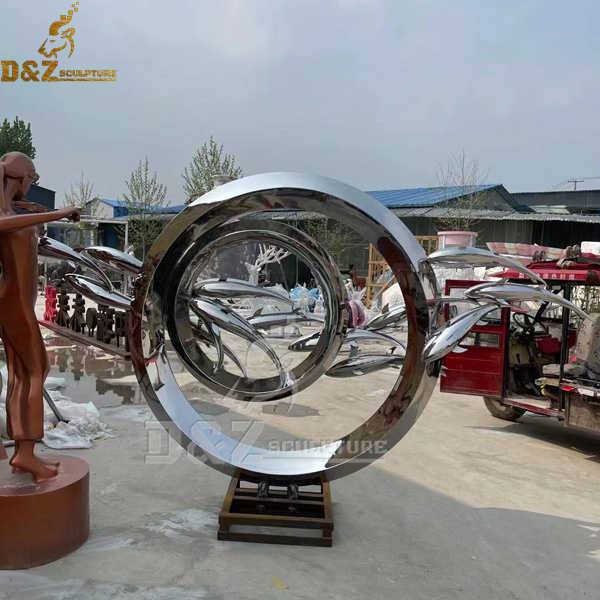
The artistic symbol of landscape is one of the earliest pictographs in China, which records the thoughts and consciousness of primitive people. And China’s “Chinese landscape” is one of the most ethnic art forms in ancient Chinese painting. Traditional Chinese landscape painting is a Chinese painting depicting the natural landscape of mountains and rivers. It appeared in the Wei, Jin, Southern and Northern Dynasties, and reached its peak in the Northern Song Dynasty, forming a complete theoretical system, brush and ink techniques, aesthetics and artistic conception pursuit. In particular, the artistic theory of landscape painting is very rich and has played a great supporting role in the development of traditional Chinese landscape painting. For example, Zong Bing said in “Painting Landscape Preface”: “The sage reflects the Tao, the sage clears the taste”, “Husband” The sage uses the gods, the law and the Tao, and the sages are knowledgeable; The aesthetic foundation of Chinese landscape painting was closely related to “Tao” in the early stage of its formation. Painting is the perception of “Tao”, “enclosed within a square inch”. Therefore, in the eyes of the artist, “mountain” is not “mountain”, “water” is not “water”, “mountain” is the “mountain” in the heart, and “water” is the “water” in the heart. Therefore, the landscape in Chinese art has no fixed shape and is not an objective and concrete existence, but can be ever-changing. And this change coincides with the “Tao” and “The Great Way is invisible” in Taoism. The highest realm pursued by all works of art is actually the realm of human cultivation. Art, literature, etc. are a means for people to achieve “Tao” and the external manifestation of “Tao”. All art is not about technology but about mind and idea. In a sense, this point of view is quite similar to the point of view that contemporary sculpture creation focuses on personal experience. Wang Wei, a painter of the Southern Dynasty, also emphasized in “Shuhua” that Chinese landscape painting should not pursue too much truth and objectivity, but should express the inner spirit of objects and images, and the subject and object should be one. Under the influence of these ideas, traditional Chinese landscape painting has formed a freehand character that is neither figurative nor abstract, and has become a unique aesthetic consciousness in the world art category.
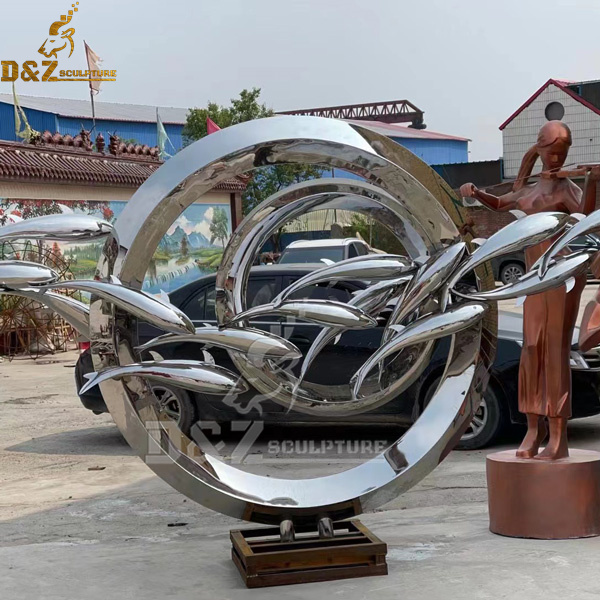
Chinese traditional sculpture has always been attached to the existence of painting in the development of Chinese art, and is measured by the standard of painting in terms of artistic aesthetics and evaluation standards. Therefore, traditional Chinese sculpture does not have a complete theoretical system as support, nor does it exist in opposition to Chinese traditional sculpture. in art. In the academic world, 1979 is generally regarded as the starting point for the time definition of “Chinese contemporary sculpture”, but it does not mean that all works created after this time are “contemporary sculptures”. In this article, the contemporary sculpture refers to contemporary, three-dimensional space art.
From the perspective of the modernity of Chinese sculpture, China’s sculpture system is an imported product, which is very distinct from the traditional local sculpture system. This is directly related to the decline of China’s national strength since the 19th century, and the history of semi-colonial and semi-feudal humiliation at the same time. It is also facing a strong impact of cultural awareness. While traditional sculpture is quietly fading away, the sculpture system with modern significance has been re-established in China, becoming a discipline with its own academic norms and flourishing in higher art academies. After experiencing the efforts of the first generation of sculptors with the main purpose of “Western body and Chinese use”, the introduction of Soviet sculpture forms, and the new art movement after the reform and opening up, especially since the 1980s, Chinese society has undergone great changes, artists Having directly witnessed the development of Western art, the development of sculpture art after this period showed a more diversified development trend.
Among the artists who create contemporary sculptures, Zhan Wang is one of the Chinese sculptors recognized by the international art world, and the first Chinese artist whose works are permanently collected by the Metropolitan Museum of Art. He uses stainless steel as a sculptural material, and uses the cultural symbol of “Taihu Stone” in modern urban buildings and traditional garden landscaping to create a series of stainless steel sculptures through artistic processing. The artist has been exploring generations since 1995. The representative works of this series are “Urban Landscape” and “Taihu Stone”, which have been highly praised in international art exhibitions. The work subtly borrows the artistic conception of traditional landscapes as a carrier, interprets new landscape values, creates a new visual art form of sculpture with different feelings, and shows a dreamlike living space. The sculptor Zhan Wang believes that “the stainless steel rockery I made is a copy of the traditional literati paintings”, which is to reawaken the fact that people face the reality of modern social life through the replacement of materials. This series of works uses the theoretical essence of traditional landscape art, and uses the method of material replacement and dislocation to arouse the audience’s thinking about the status quo of modern cities and nature.
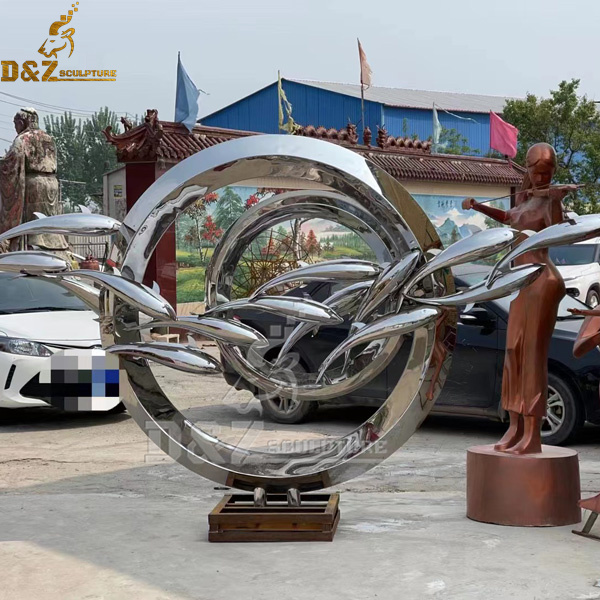
“Seeing the Mountain” is a sculptural work by Zhang Wei, a sculptor in charge of the sixth studio of the Central Academy of Fine Arts. In the form of the work, the sculptor still adopts the production method and display method of the sculpture on the shelf, and combines the brushwork of traditional landscape painting with the formal language and shaping method of modern sculpture to give a new interpretation of the traditional Chinese painting theme of “mountain”. This makes the mountain in “Seeing the Mountain” shaped out of mud, giving people a familiar and unexpected defamiliarization effect. It is a double update for contemporary sculpture to use traditional landscape themes into sculpture shaping. On the one hand, it is a renewal of the tradition of clay sculpture on the shelf. The traditional sculpture on the shelf generally takes the human body as the highest shaping goal or object of expression. As a background foil or decoration, it is the first time as an independent sculpture on the shelf; on the other hand, it is an update of the Chinese landscape contextual expression. As the object of sculpture modeling and expression, the mountain and stone modeling method, brush and ink and artistic conception in the painting works The shaping has been well reflected, and several of the sculptures utilize the common techniques of abstraction, cubism, constructivism and minimalism commonly used in contemporary sculptures to achieve the perfect combination of traditional landscape themes and art forms of sculpture on the shelf. Ingenious combination, achieved a relatively ideal artistic effect.
Chinese landscape art is the carrier of Chinese philosophy and aesthetic spirit, reflecting the influence of Confucianism, Buddhism and Taoism. The Confucian “modern mean”, the Taoist “harmony between man and nature”, and “the way of nature” are exactly the highest realm of ancient landscape painting. The pictorial characteristics of traditional Chinese sculpture also determine that the medieval traditional sculpture is also the unity of spirit, rhythm and air. Since the reform and opening up, the creation of sculpture has developed in a diversified manner, and the form and content have been greatly expanded. “Seeking innovation and change” has become the creative thinking of sculptors in this period. “Freehand sculpture” has gradually been valued and practiced by artists. At the same time, this creative spirit It also provides a good theoretical support platform and system for the artist’s creation. The return of culture and self-confidence of culture were raised to a new theoretical height in this period. In traditional Chinese landscape painting, “quality”, “potential” and “bone” are emphasized. Contemporary sculptors pay attention to the organic combination of air, light, space, environment and other factors, forming more multi-dimensional and diversified characteristics, and the artistic language is also richer and more harmonious. Intriguing.
For a long time, especially under the strong economic and cultural impact of western developed countries, the West has the right to speak in economy, culture and art. China’s local culture and artistic spirit have long been measured by Western art standards, resulting in China’s outstanding and unique art. Spirit fails to fully display its powerful artistic charm. Although some creative artists have tried their best to try and explore, and have been highly appraised and recognized by the international community, Chinese sculptors are still faced with a problem: how to effectively learn from the essence of Western culture on the basis of the essence of traditional culture Modern and contemporary art, and explore more contemporary national sculpture art. The competition of culture is also an important part of the competition of the country’s comprehensive national strength. If it still cannot have a voice that matches the strength of a big country, and cannot form its own sculpture art system, it will face the failure of competition in the cultural field, and it will not be able to compete in the international cultural system. obtained status. Simply copying and developing on the premise of completely copying the Western sculpture system is obviously not in line with the laws of Chinese cultural development. The development of culture is the result based on philosophy and artistic aesthetics. The spiritual, cultural and artistic foundation of the nation, such as aesthetic value orientation, way of thinking, religious traditions and a series of issues, should be reflected in all aspects of the entire social form. come out. Therefore, in the face of various strong artistic trends in the West, Chinese artists also need to calm down, start from new heights, perspectives and development laws, and use more scientific and pragmatic methods and ideas to understand and explore the essence of traditional Chinese culture and art Here, look for sculpture art with the characteristics of the times with profound cultural roots.
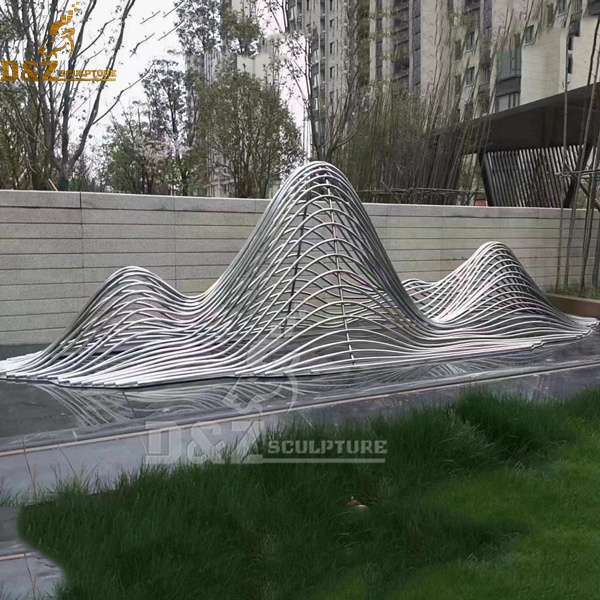
For artists, being able to explore and form art forms with unique Chinese traditional cultural meanings and contemporary sculpture language is not only a trend requirement for the development of Chinese contemporary sculpture, but also establishes the internal driving force for the discourse power of international art. Rooted in traditional art theory, he constantly explores, organizes and comprehends the essence of traditional Chinese landscape painting from the traditional and cultural aspects, and applies the theory to the creative practice of contemporary sculpture, creating a kind of landscape painting that is different from traditional landscape painting and contemporary society. The more closely related modern aesthetic system reveals the understanding of history and culture and the feeling of real life through the ideas and aesthetic forms contained in the works of art and the artistic conception they create. Only by coordinating the relationship between history and reality in a timely and effective manner and finding an effective position can we truly inherit and complete the real innovation, and complete the establishment of the aesthetic standards of Chinese contemporary sculpture art.
In contemporary sculpture creation, some sculptors have actively explored and tried the traditional landscape art through the spirit of traditional landscape art through sculpture works and modern industrial materials, and have achieved certain international recognition. Expansion and material replacement provided valuable experience. The “modernization transformation” of traditional culture is what Mr. Li Zehou has repeatedly emphasized. It is not a simple transplant and grafting of forms. This will not only fail to solve the current problems faced by Chinese contemporary sculpture art, but will also backfire and produce serious adverse consequences. Consequences Therefore, the artist must have an in-depth understanding of the spirit and aesthetic pursuit of traditional culture. While reusing the language of traditional art symbols, it must be re-created so that it has the sculptural language used in contemporary sculpture creation, giving it more The spirit of the times has become a language form with more tenacious vitality that is neither retro nor blindly grafted.
History is development, and it is an inevitable choice for new things to replace old things. However, the change of culture does have its inherent commonality. It is not completely separated but better inherited and developed. Innovation must be based on history and world culture. To be completed on the basis of thinking and wisdom of dialogue, the artist needs to have enough vision, wisdom and height, and have the ability to interpret the real world and historical world facing the present. The road of art development is not the only one, nor is there only one evaluation standard. There are various possibilities in the development trend of sculpture in the world today. Especially this year, it seems that cultural self-confidence has brought the return of local culture. The cultural spirit reflected in traditional landscape art is only a representative of Chinese culture. The case of combining traditional landscape art with contemporary sculpture creation is also a sculpture art form produced by the artist’s independent aesthetic value exploration. In these creations, the artists have used the essence of traditional Chinese landscape art accurately, appropriately and maturely, which is a manifestation of the organic use of local culture and contemporary sculpture creation by Chinese artists, and also the traditional landscape elements as cultural symbol carriers, reflecting the current people. Another interpretation of the contemporary living and social environment. The cultural genes of a country and a nation determine the growth pattern and development direction of a culture and art. These genes need to be re-integrated into the blood of contemporary art with a new identity and appropriate form for inheritance and development.
Incorporating the traditional Chinese landscape spirit as an artistic symbol into the creation of contemporary sculpture is an effective method for today’s Chinese sculptors to try to combine the traditional spirit with the laws of contemporary art creation to create a more extensive cultural and contemporary spirit. stainless steel sculpture art work.
